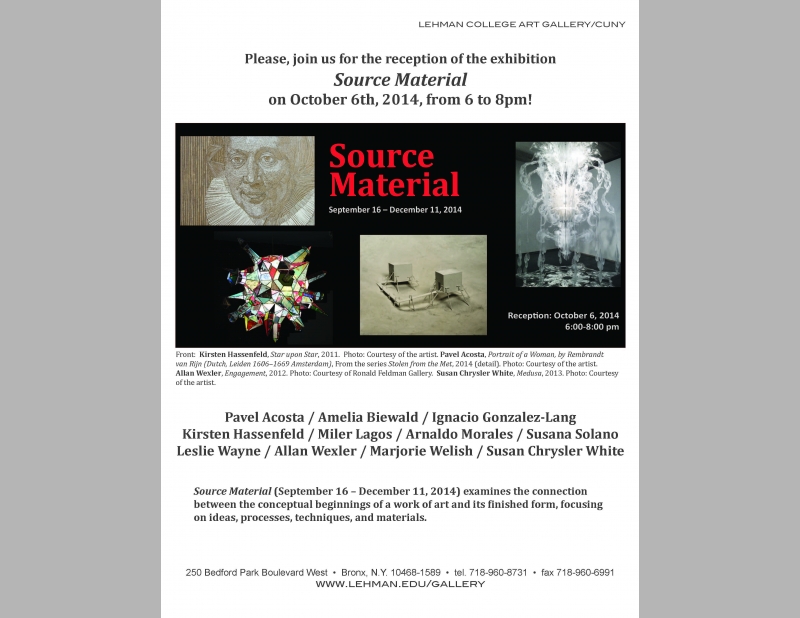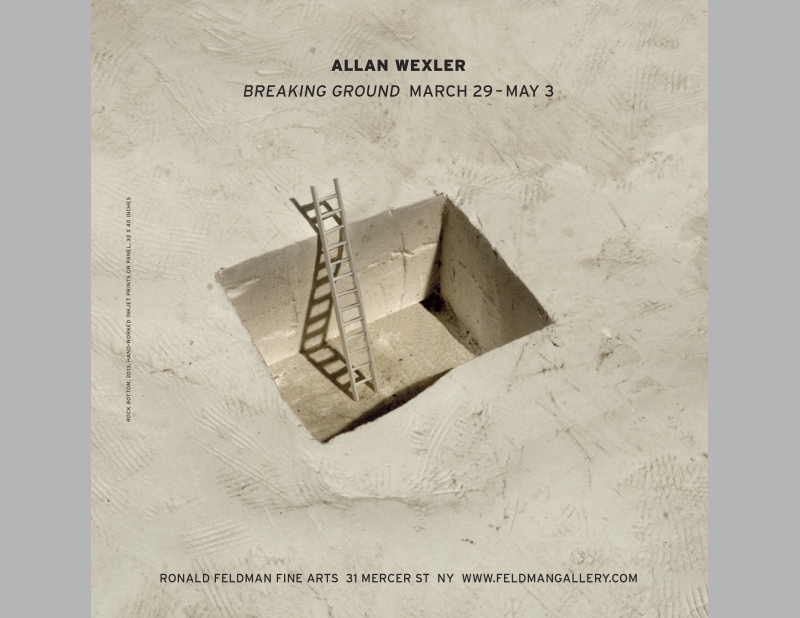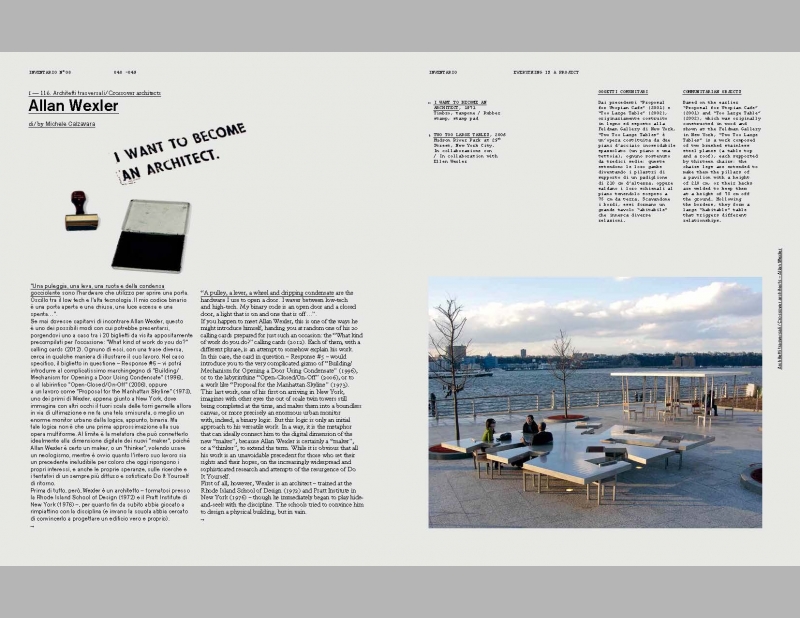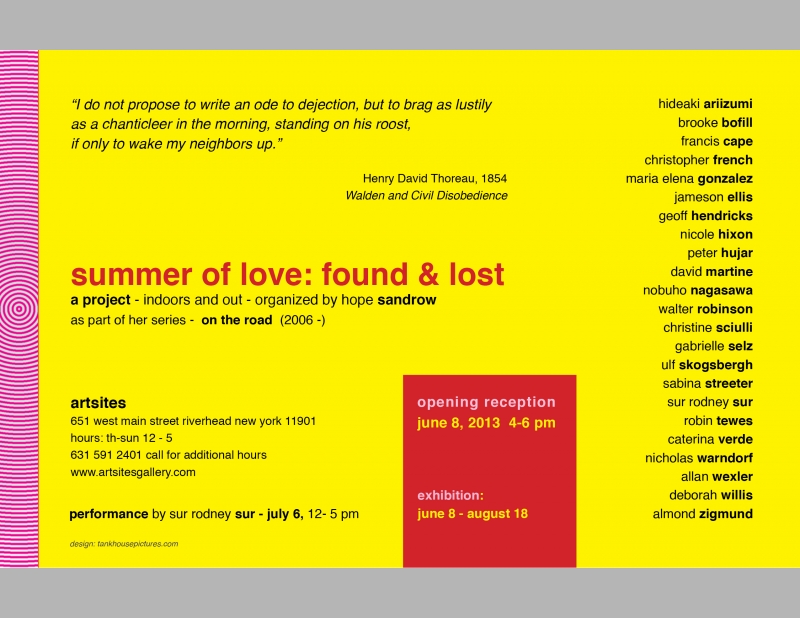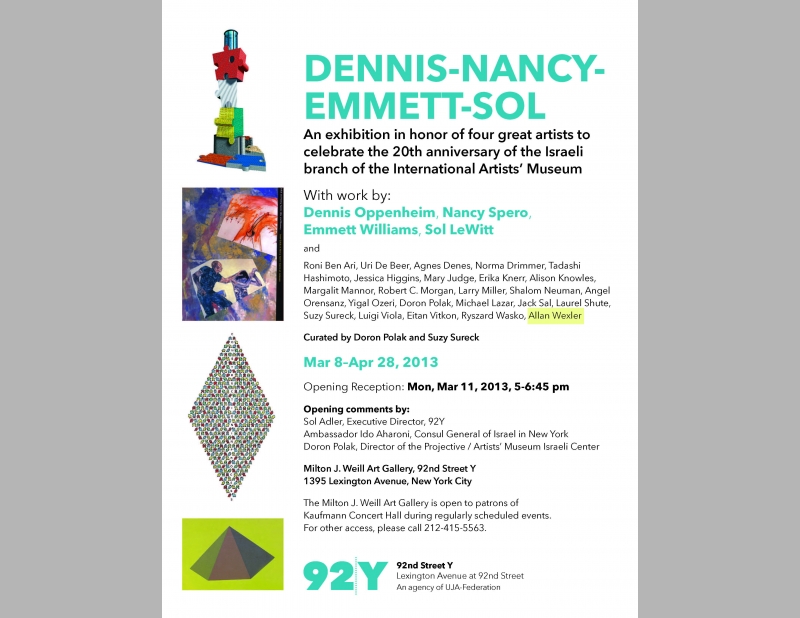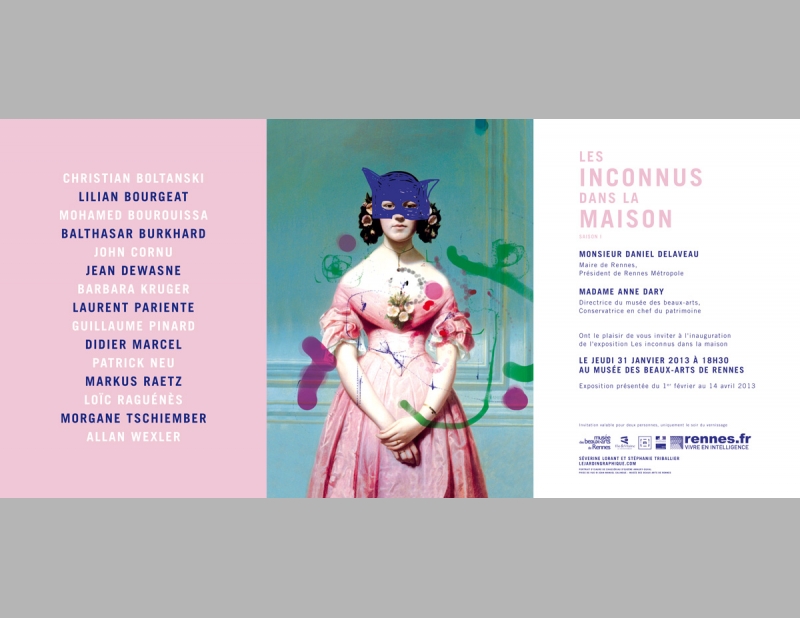
Allan Wexler: Probably True
January 17 - March 8, 2025
[Allan Wexler: Probably True]
Jane Lombard Gallery is pleased to present Probably True, Allan Wexler’s debut solo exhibition with the gallery. For nearly fifty years, Wexler has created work informed by his architectural background and education. He produces functional absurdities that interrogate distinctions between human activity and the built environment. Wexler’s sculptures, drawings, and photographs represent subtle, unexpected spaces where interventions are fostered. The exhibition will run from January 17th - March 8th with an opening reception on Friday, January 17th, 6 - 8 PM.
Utilizing pedagogy and the manipulation of materials, Wexler’s practice often draws on the conceptual spirit of the Fluxus movement, blending humor with intellectual rigor. By blurring the lines between the functional and the absurd, the practical and the philosophical, his work challenges us to reconsider our habits and rituals. In Wexler’s universe, everyday items such as chairs, coffee cups, or utensils become mediators of social interaction, re-constructed to connect and merge. In the sculptures Interchange, Extruded Dinnerware, and Light Table, the artist explores the ways in which ordinary, domestic objects act as catalysts for alternate modes of sitting, dining, or conversing.
Wexler's work additionally reimagines objects drawn from nature. In Reframing Nature, a curved tree branch is straightened through the meticulous insertion of wood wedges, a human intervention in sculptural and photographical form. The exploration of the cyclical nature of objects and their meanings continues in Burnt Chair / Charcoal Drawing; a charred wooden chair, from which its charcoal is used to draw an image of the same chair on paper. This act of transformation, the chair becoming both object and medium, highlights Wexler’s practice as an exercise in recontextualization.
The exhibition introduces a new series of handworked images that blend elements of sculpture and photography to depict what the artist calls “landscape interventions.” These two-dimensional works are fabricated scenes that challenge the realities of photography and drawing, incorporating recurring motifs found throughout Wexler’s work such as the cone structure, seen in both Speakers and Cones of Vision. Altogether, the works in Probably True capture Wexler’s ability to expose the conceptual world that informs our lived experiences, question the conditions of its construction, and purposefully turn it on its head.


